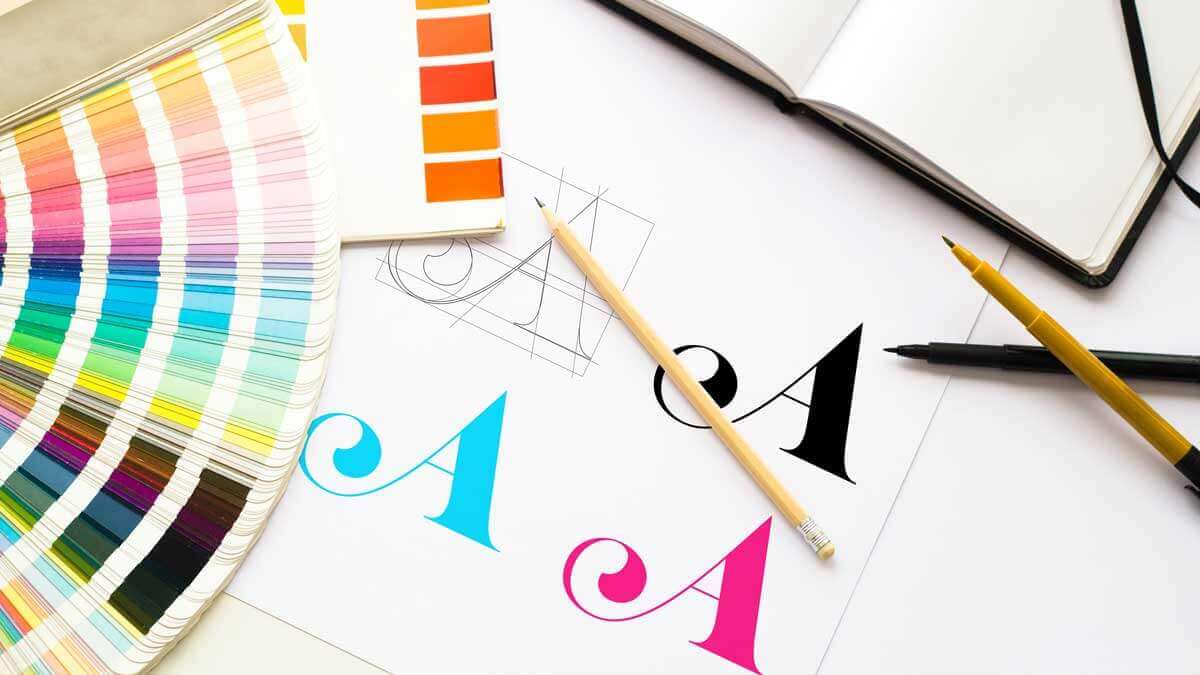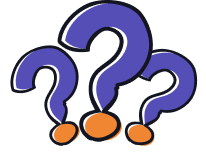One of the most interesting and challenging projects we, as graphic designers, work on is designing a logo and brand identity. It is exciting but challenging.The client has a clear (ahem sometimes) vision and image of how they want their brand to be represented. Our job is to transform those thoughts into a tangible piece of artwork. It is through honest and creative collaboration that great design occurs.
The designer’s role is to be a transformer of words into a representable logo.
However, to create a brand identity, a logo is not enough, it is just one key part of the brand identity. Large organisations with layers of departments and management require a thorough brand identity system that provides a unified vision and tools that help everyone build the brand. How this is this possible and what are the key steps needed to develop a coherent and strong brand identify will be discussed underneath:
Phase 1: Research, Vision & Design Brief
This first phase of the process is crucial, and it should result in a design brief that guides the rest of the project. This is a phase where you should be as thorough as you need in both your qualitative and quantitative research. Questions we recommend you to ask and find out is:
- How is the brand perceived against competitors in the market for products and services you`re looking to provide?
- What is the positioning statement of your brand? Answer the what, how, to whom, where and why and when questions.
The design brief is important if the brand identity project is bigger than one designer. The key element of a design brief is that it contains summaries from the research phase, such as target audience(s), messaging objectives, values and mission of the brand. In addition, it should include a budget, project schedule and other practical needs.
Phase 2: Logo, Identity and Guidelines
The logo: This is the stage where you would work with a designer to get your thoughts and ideas down, and the role of the designer is to transform your ideas, visions and thoughts into a tangible logo that represents your brand.
The process of getting concepts down on paper and then develop those concepts further can develop into new direction. The final solutions you end up with is likely to be very far from your initial thoughts when you started.
- The Identity System: The purpose of an identity system is to form a systematic visual language around the logo. It is important that these two elements compliments each other and the design thinking of the logo help to design the rest of the marketing and business collateral.
- Style Guidelines: The style guidelines works as your reference point as to what typeface system, colour palette, layout design and more. The pure aim of its existence is that other can create design collateral and marketing materials that will be in line with and have a cohesive look and voice in relation to the rest of the branding.
Phase 3: Monitoring and rebranding
This last phase is probably one of the areas that we see as a design agency that people sometimes forget. Many people think that as long as the logo looks nice, and that the tone of voice is represented consistently over the webpage and other marketing materials, the branding work will be done by itself. This is the wrong way of thinking.
An important aspect of developing a good brand identity, is to constantly monitor it and keep it fresh herbal supplements for weight loss. It is important to monitor and care for your brand, because it is sometimes forgotten that a brand is a living and breathing thing that interacts with your customers. There is likely to be external forces in the market that makes you adapt your target audience, your products and services changes and the market evolves and you need to keep up to date. Then it may be time for a rebrand. The main challenge with rebranding is trying to maintain familiarity and consistency so that your customers will still remember you.








